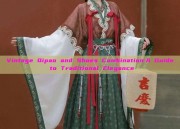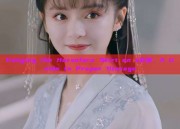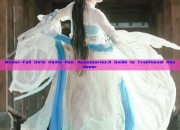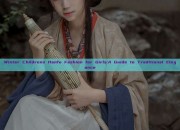The Art of Qipao Headwear and Hair Updos:A Guide to Traditional Chinese Elegance
In the realm of traditional Chinese fashion, the qipao and its accompanying hairdos serve as a testament to the rich cultural heritage and exquisite craftsmanship of China. Qipao, a traditional Chinese women's dress, often featuring a distinctive cheongsam cut and vibrant patterns, is often paired with intricate hairdos and headwear that complement its elegance and allure. In this article, we will delve into the art of qipao headwear and hair updos, exploring their historical significance and modern applications.
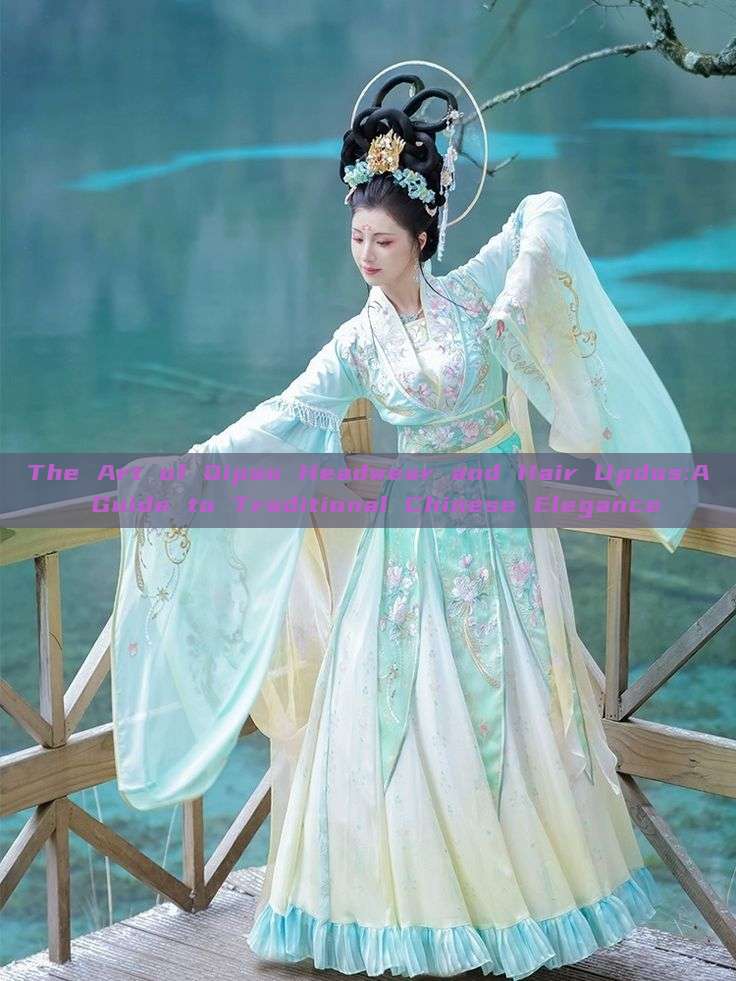
The qipao, originating from the Manchu era, has evolved over centuries to become a symbol of Chinese culture and fashion. It embodies the essence of traditional Chinese aesthetics, with its intricate designs and craftsmanship reflecting a deep respect for balance, harmony, and symmetry. When paired with traditional headwear and hairdos, the qipao becomes a canvas for storytelling, reflecting the wearer's personality and cultural identity.
One of the most common hairdos associated with qipao is the bun hairstyle, also known as "盘发" (pánfà) in Chinese. This style involves coiling the hair into a bun at the top of the head, often secured with pins or combs. The size and shape of the bun can vary, from small and sleek to large and elaborate, depending on the occasion and personal preference. This traditional hairstyle complements the qipao's classic lines and accentuates the wearer's elegance.
Another essential aspect of qipao headwear is the range of accessories that accompany the hairdos. These include headscarfs, embroidered hairbands, and ornate combs that add a touch of elegance to the overall ensemble. These accessories are often crafted in intricate designs, featuring vibrant colors and patterns that reflect the wearer's personality and cultural identity. Headscarfs, often made of silk or other luxurious materials, are wrapped around the hair bun, providing a seamless blend of fashion and tradition.
In modern times, the qipao has experienced a revival, with designers reimagining this traditional garment in contemporary styles and silhouettes. As a result, the art of qipao headwear and hairdos has also evolved to accommodate modern tastes and preferences. Modern qipao headwear often features contemporary designs that blend traditional elements with modern aesthetics, resulting in pieces that are both timeless and fashionable.
Moreover, modern hairdos often incorporate elements of Western hairstyling techniques, resulting in hybrid styles that are both traditional and modern. For instance, some modern versions of the hair bun may incorporate elements of sleek ponytails or side-swept bangs, providing a more contemporary look that is still rooted in traditional Chinese culture.
In conclusion, the art of qipao headwear and hairdos is not just about fashion; it is about preserving a rich cultural heritage that dates back centuries. By embracing these traditional elements, modern women can express their cultural identity and personal style in a unique way. As we continue to embrace global influences in fashion, it is essential to remember that our cultural roots are an integral part of our identity and should be celebrated in every aspect of our lives. The art of qipao headwear and hairdos is a beautiful testament to this fact.


